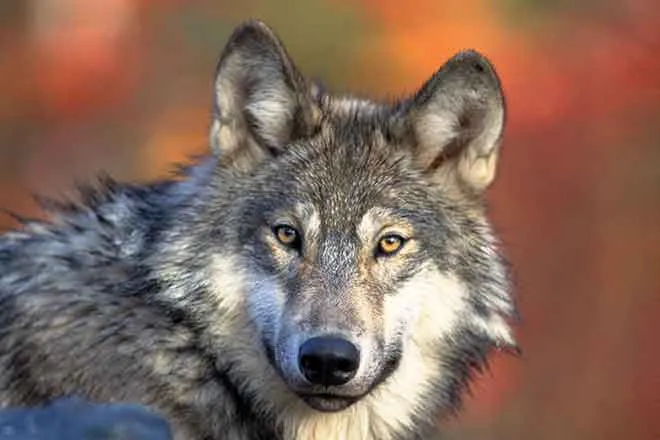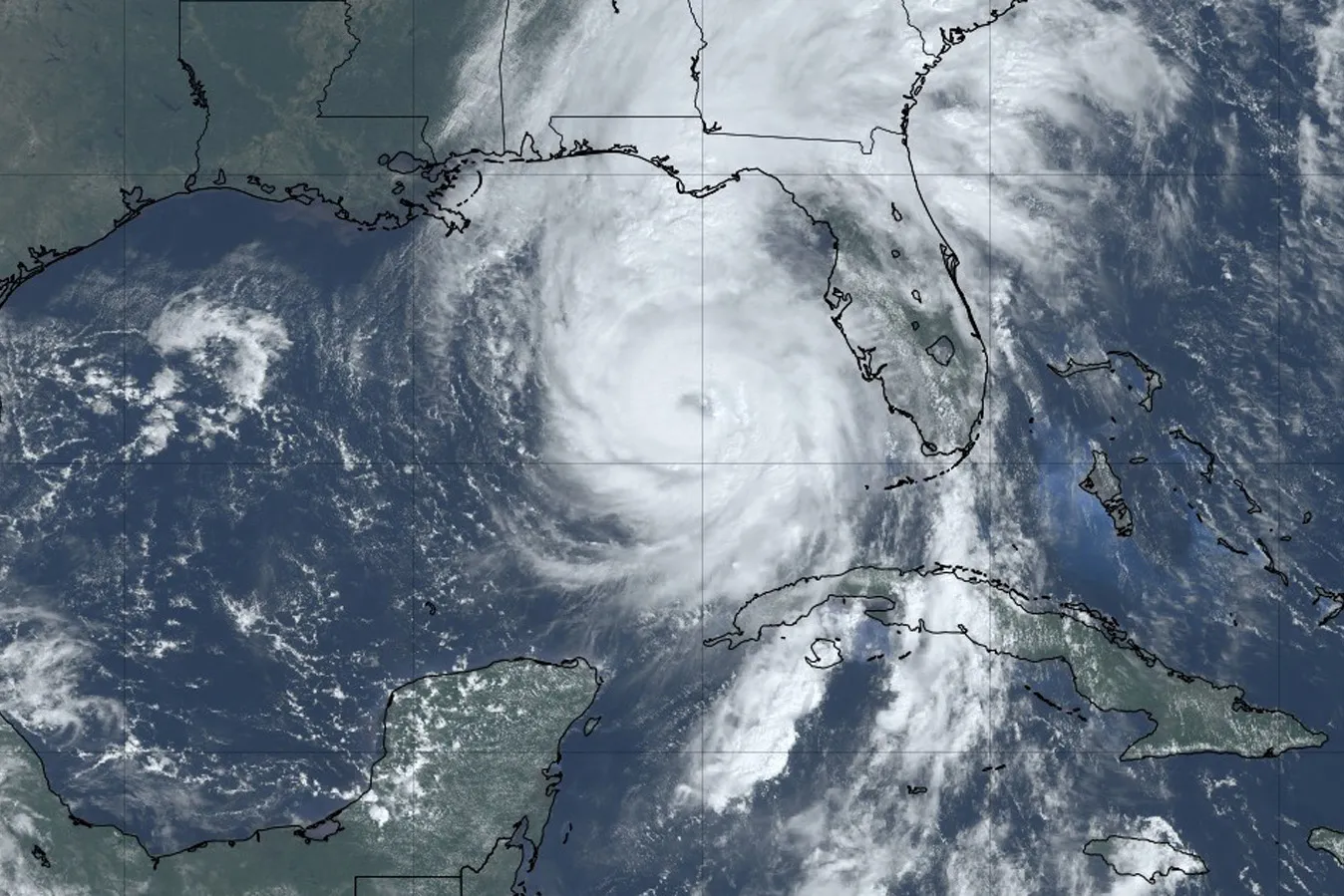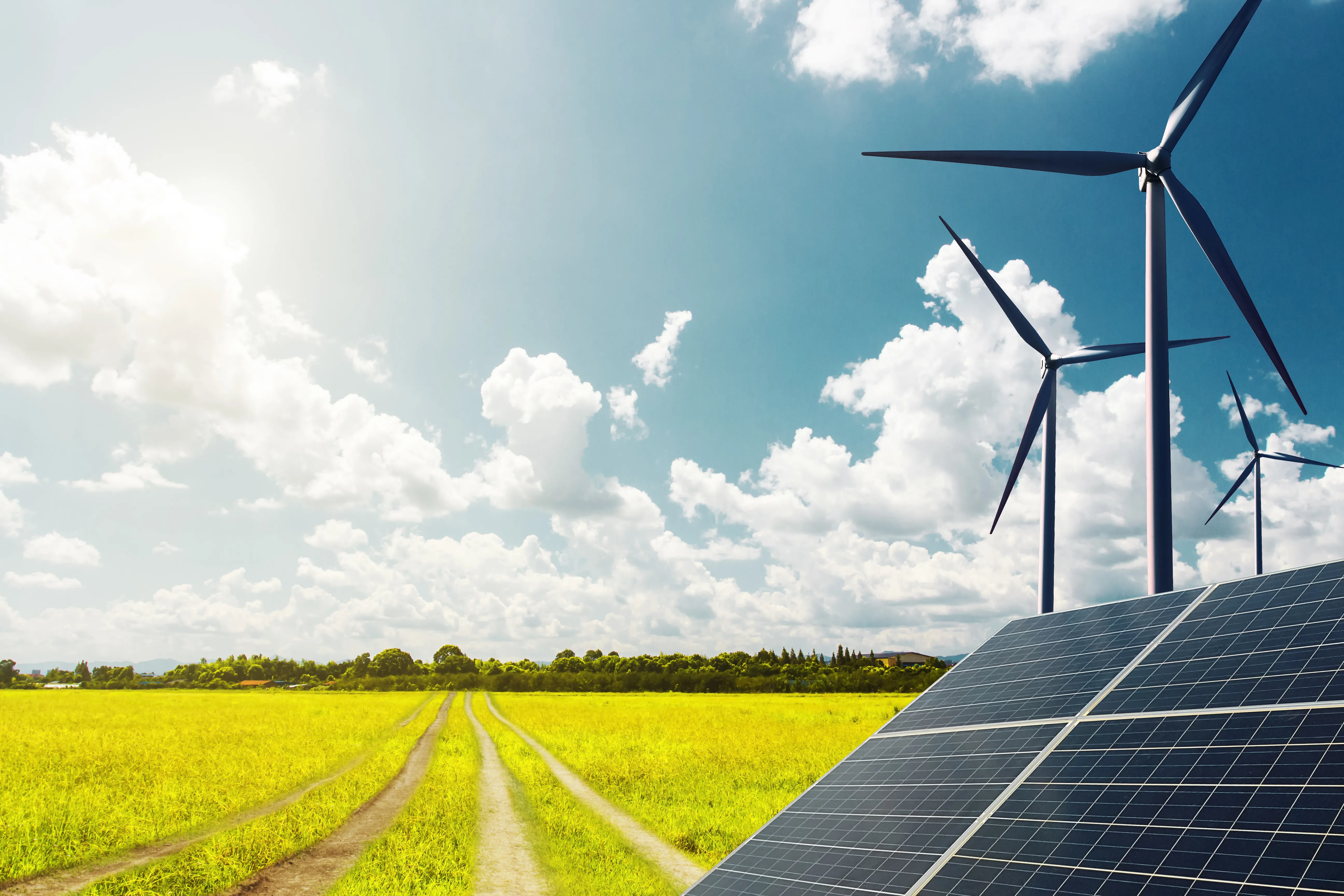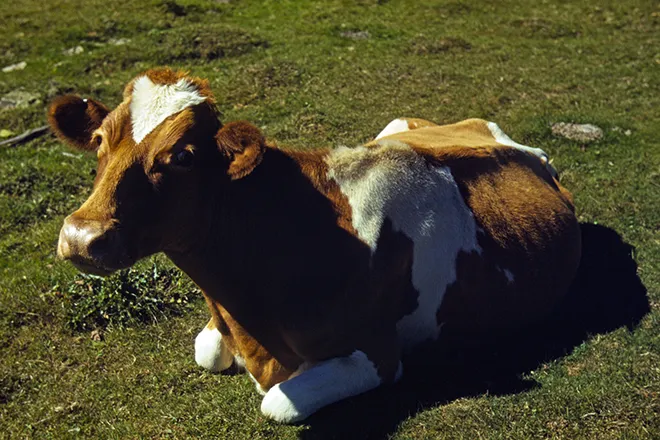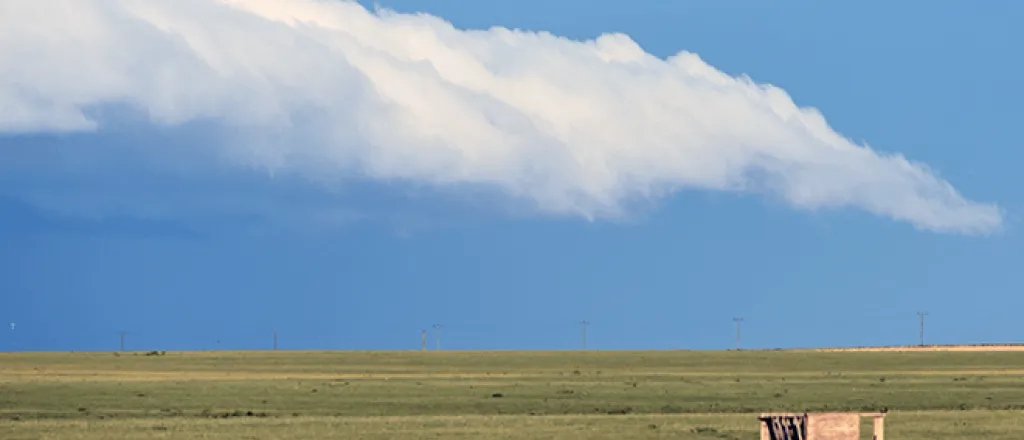
New climate change report underscores the need to manage land for the short and long term
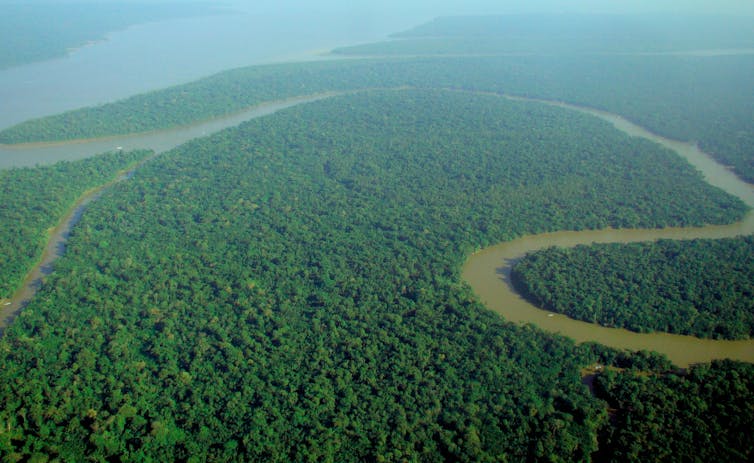
Chris E. Forest, Pennsylvania State University
In its latest report, the Intergovernmental Panel on Climate Change describes how agriculture, deforestation, and other human activities have altered 70% of the land on Earth’s surface.
These changes are significantly adding to climate-warming emissions. They are also making forests and other natural systems, which can store key greenhouse gases, less able to do so.
Many calls to limit emissions focus on those from energy and transportation. But as the IPCC report points out, agriculture and land use are also major greenhouse gas sources. In the past decade, land use was responsible for 22% of global greenhouse gas emissions, compared to 35% for energy and 14% for transportation.
For the past 20 years, I have been working to understand how severe climate change will be in the coming century. Scientists know that Earth’s climate responds to both changes in greenhouse gas levels in the atmosphere and changes in land use. This report makes clear that solving the climate crisis will require serious choices about how humans interact with the land systems that provide our societies with food, water and shelter.
The story is not all doom and gloom. There are strategies that can reduce greenhouse gas emissions from land use, food production and agriculture, and also generate economic and social benefits. Acting on these recommendations would be a big step toward addressing climate change in a meaningful way.
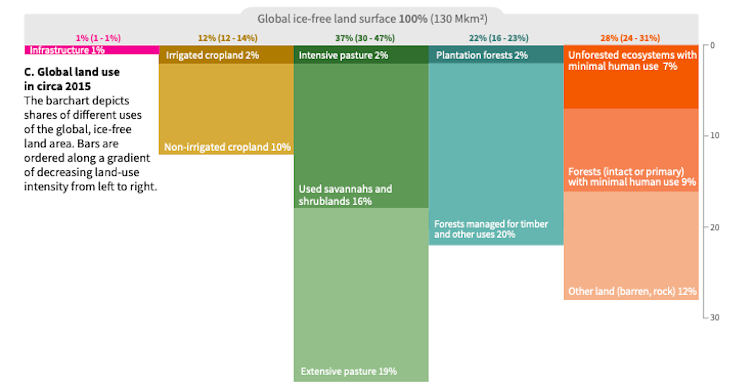
Earth’s interactions: A balancing act
Earth’s climate is affected by many interacting systems, including food production, energy and water. Decisions in one sector have important effects on other sectors. They also affect the physical systems of atmosphere, land, ice and oceans.
For example, consider how humans produce food. Farmers are constrained by the climate where they live, which provides certain ranges of temperatures, precipitation and sunshine. Modern industrialized agriculture enables farmers to improve their local conditions by using fertilizer to increase soil nutrients or pumping water to irrigate crops.
These strategies pose trade-offs: They raise food production, but also can increase energy use or conversion of undeveloped land for more farming, which potentially contributes to climate change. Rising demands on Earth’s food, energy and water systems ultimately generate higher risks globally for everyone.
In contrast, strategies that make agriculture more climate-friendly – such as planting cover crops to protect bare fields or practicing no-till farming – have the potential to also save energy and water by making soil healthier. The challenge is finding ways to shift current farming and land use practices toward these more sustainable approaches.

Options with short- and long-term benefits
Taking action to curb climate change is challenging because societies have to address short-term goals, such as producing more food for a growing world population, along with the longer-term goal of stabilizing the climate.
The IPCC report discusses how to address these conflicting priorities and balance climate risks while also pursuing other goals, such as sustainable development. As an example, let’s consider a forester in temperate regions and the choices she has for managing her timber lands.
One option is to clear-cut a stand of trees and plant crops. This approach immediately transforms the land and employs it for a single use. It also reduces the land’s ability to store carbon.
Alternatively, she could selectively remove mature trees for sale while allowing others to continue growing. This approach maintains the timber stand, which will continue to absorb carbon from the atmosphere as it grows. The land also can support other valuable uses, such as recreation, wildlife habitat or planting crops that can grow under the trees.
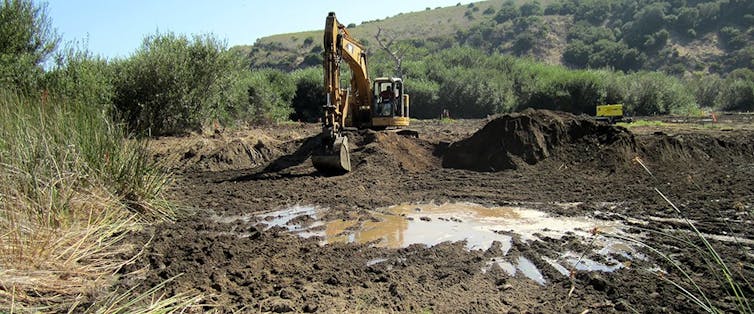
The second strategy provides benefits that extend beyond the primary goal of timber harvests. But it may be more attractive for the forester to clear-cut her land and convert it to farming, much as relying on chemical inputs and irrigation makes short-term sense for farmers.
The challenge, then, is convincing people to use land in ways that do more than maximize short-term benefits. As the IPCC report states, degraded land produces less food and stores less carbon. But conserving and restoring land so it can store more carbon will also improve food security.
Some strategies, such as protecting wetlands and mangroves from development, will provide benefits immediately. Others, such as restoring forests and degraded soils, will take longer to deliver. But the important point is that framing the problem in this way spotlights possibilities for more than just a single future satisfying a single goal.

A livable planet with limited resources
As a species, humans have the ability to plan for the future. But how do we plan for the future knowing that it will most likely be very different, but not knowing exactly what will happen?
Governments created the IPCC to help answer this question by assessing how human activities have affected Earth’s climate and could impact it in the future, depending on how societies respond to climate change. This new report provides valuable strategies for managing Earth’s limited resources, maintaining a livable environment and addressing the long-term effects of human actions on Earth’s natural systems.![]()
Chris E. Forest, Professor of Climate Dynamics, Pennsylvania State University
This article is republished from The Conversation under a Creative Commons license. Read the original article.





